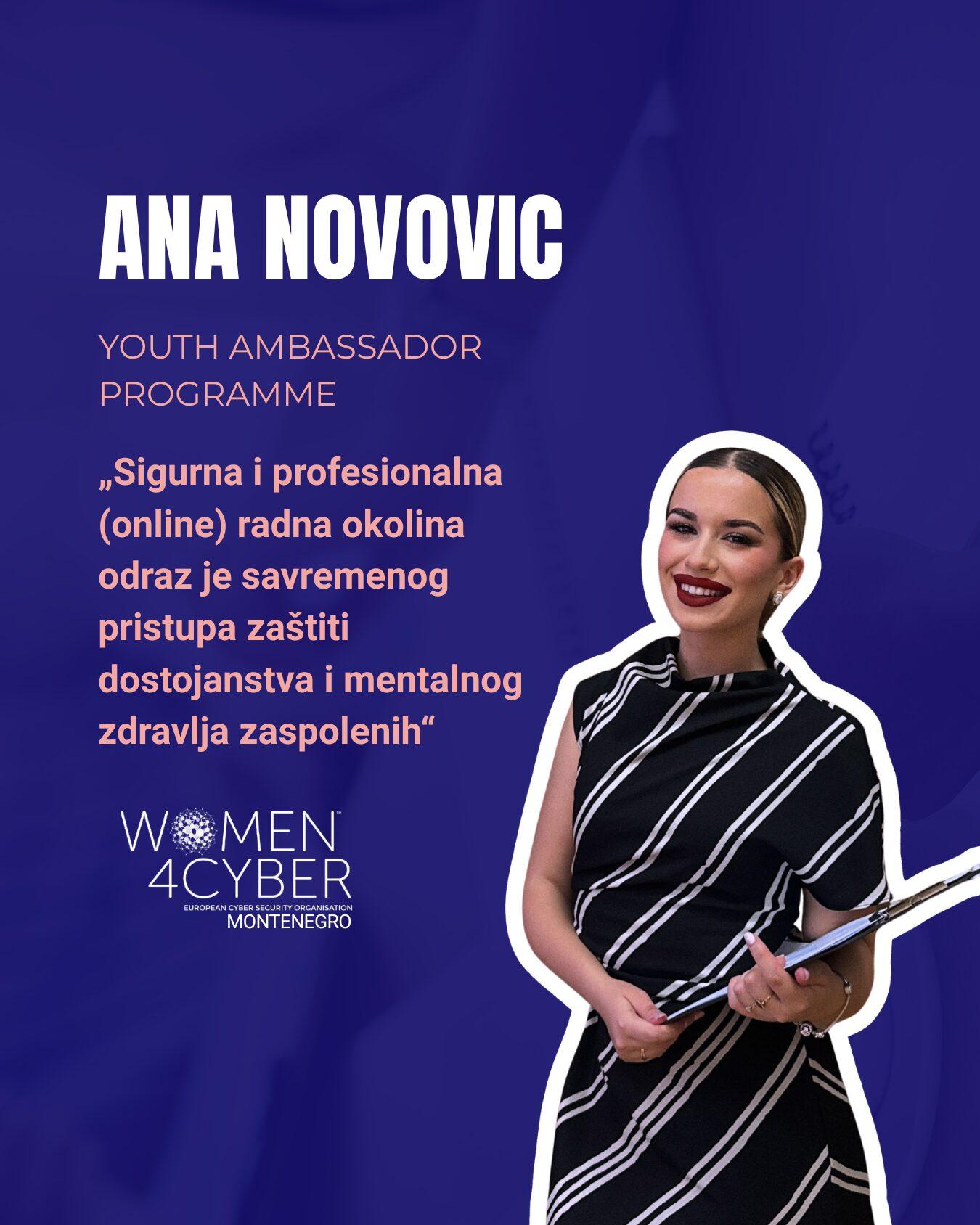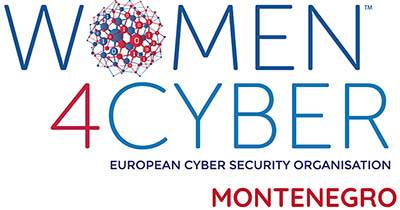Digital work environments (email, Zoom, Teams) have become an everyday part of professional life. But what should you do when harassment occurs even there?
What is digital harassment?
Digital harassment involves unwanted messages, threats, inappropriate comments, or interference in an employee’s private life. Essentially, it includes any behavior that disrupts the professional environment (“electronic mobbing”).
Remote work and hybrid work models have intensified these occurrences. According to statistics, as many as 41% of employees in the United States have experienced some form of digital harassment. On the other hand, available data shows that one in four Australians has been a perpetrator, often considering it just a joke and not realizing the seriousness of their actions.
How to recognize and respond?
If you receive unwanted messages that cause stress, nervousness, or a feeling of being threatened, or if you get comments about your private life, it is most likely a form of harassment. All of the above crosses the boundaries of professional communication and makes the relationship toxic and unpleasant, especially if it lasts for an extended period.
The digital space is considered part of the work environment, so employers are responsible for responding. Therefore, it is necessary to:
- Update internal rules and policies that clearly regulate this issue;
- Educate all employees about what constitutes harassment, to whom, and when it should be reported;
- Establish clear reporting mechanisms, such as HR support and timely responses;
- Archive relevant communications.
A safe and professional (online) work environment is a reflection of a modern approach to protecting employees’ dignity and mental health. I believe that timely recognition and response to this problem is the key to building a professional and secure work environment.
Ana Novović












